<div data-cycle-pager-template=” ” readability=”33.996975806452″>
” readability=”33.996975806452″>
New Moon, February 2016
See what’s up in the night sky for February 2016, including stargazing events and the moon’s phases, in this Space.com gallery courtesy of Starry Night Software. On Monday, Feb. 8, 9:39 a.m. EST. The moon is not visible on the date of New Moon because it is too close to the sun, but can be seen low in the east as a narrow crescent a morning or two before, just before sunrise. It is visible low in the west an evening or two after New Moon.
<div data-cycle-pager-template=” ” readability=”29.05303030303″>
” readability=”29.05303030303″>
First Quarter Moon, February 2016
Monday, Feb. 15, 2:46 a.m. EST. The First Quarter Moon rises around 10:45 a.m. and sets around 1:15 a.m. It dominates the evening sky.
<div data-cycle-pager-template=” ” readability=”32″>
” readability=”32″>
Full Moon, February 2016
Monday, Feb. 22, 1:20 p.m. EST. The February Full Moon is known as the Snow Moon or Hunger Moon. It rises around sunset and sets around sunrise; this is the only night in the month when the moon is in the sky all night long. The rest of the month, the moon spends at least some time in the daytime sky.
<div data-cycle-pager-template=” ” readability=”28.926701570681″>
” readability=”28.926701570681″>
Mercury, Venus, and the Moon, February 2016
Saturday, Feb. 6, dawn. A slender crescent moon will be framed by the planets Mercury and Venus at dawn this morning.
<div data-cycle-pager-template=” ” readability=”32.270769230769″>
” readability=”32.270769230769″>
Mercury at greatest elongation west, February 2016
Sunday, Feb. 7, dawn. Mercury will be at its farthest from the sun. Because of the angle the ecliptic makes with the horizon, this will be more favorable in the Southern Hemisphere, seen here half an hour before sunrise in Melbourne, Australia.
<div data-cycle-pager-template=” ” readability=”32.327272727273″>
” readability=”32.327272727273″>
Aldebaran occulted by Moon, February 2016
Monday, Feb. 15, evening. The First Quarter Moon will occult the bright red star Aldebaran against the backdrop of the Hyades star cluster, as seen from Hawaii, Japan, southern China, and southeast Asia.
<div data-cycle-pager-template=” ” readability=”28.413173652695″>
” readability=”28.413173652695″>
Jupiter and the Moon, February 2016
Tuesday, Feb. 23, 11 p.m. EST. The moon and Jupiter will rise close together in the southeastern sky.
<div data-cycle-pager-template=” ” readability=”32.627906976744″>
” readability=”32.627906976744″>
Zodiacal Light, February 2016
Wednesday, Feb. 24–Wednesday March 9, evening. The faint glow of the zodiacal light will be visible for the next two weeks in the western sky after the end of evening twilight. It is a faint cone of light following the ecliptic, the green line shown here, quite distinct from the faint glow of the Milky Way to the northwest.
<div data-cycle-pager-template=” ” readability=”29.875″>
” readability=”29.875″>
Double shadow transit on Jupiter, February 2016
Friday, Feb. 26, 4:37–5:03 a.m. EST. Jupiter’s moons Io and Europa will chase their shadows across the face of Jupiter. The Great Red Spot will also be well placed for observation.
<div data-cycle-pager-template=” ” readability=”29.94495412844″>
” readability=”29.94495412844″>
Mercury, February 2016
Mercury is well placed low in the eastern sky at dawn for most of the month. It will be at greatest elongation west of the sun on February 7. This apparition is more favorable for observers in the Southern Hemisphere because of the angle the ecliptic makes with the horizon.
<div data-cycle-pager-template=” ” readability=”28.203389830508″>
” readability=”28.203389830508″>
Venus, February 2016
Venus continues to shine brightly at dawn all month, but is dropping towards the sun. It will be close to Mercury on the 13th.
<div data-cycle-pager-template=” ” readability=”31.252396166134″>
” readability=”31.252396166134″>
Mars, February 2016
Mars, in the morning sky, will be in Libra all month. Its tiny disk grows from 7 to 9 arc seconds during the month, as it moves towards opposition on May 22. Observers with good telescopes should begin to see some of the dark markings on Mars’ surface this month.
<div data-cycle-pager-template=” ” readability=”26.282608695652″>
” readability=”26.282608695652″>
Jupiter, February 2016
Jupiter is now rising around 9 p.m. and shines brightly in Leo the rest of the night.
<div data-cycle-pager-template=” ” readability=”28.444444444444″>
” readability=”28.444444444444″>
Saturn, February 2016
Saturn is well placed in Ophiuchus in the morning sky. Its rings are now spread widely, making it a beautiful sight in a small telescope.
<div data-cycle-pager-template=” ” readability=”23.846153846154″>
” readability=”23.846153846154″>
Uranus, February 2016
Uranus sets in the west in mid-evening.
<div data-cycle-pager-template=” ” readability=”27.71974522293″>
” readability=”27.71974522293″>
Neptune, February 2016
Neptune is in conjunction with the sun on 28th, making it too close to the sun to be observed all month.
 ” readability=”33.996975806452″>
” readability=”33.996975806452″>
 ” readability=”29.05303030303″>
” readability=”29.05303030303″> ” readability=”32″>
” readability=”32″> ” readability=”28.926701570681″>
” readability=”28.926701570681″> ” readability=”32.270769230769″>
” readability=”32.270769230769″> ” readability=”32.327272727273″>
” readability=”32.327272727273″> ” readability=”28.413173652695″>
” readability=”28.413173652695″> ” readability=”32.627906976744″>
” readability=”32.627906976744″> ” readability=”29.875″>
” readability=”29.875″> ” readability=”29.94495412844″>
” readability=”29.94495412844″> ” readability=”28.203389830508″>
” readability=”28.203389830508″> ” readability=”31.252396166134″>
” readability=”31.252396166134″> ” readability=”26.282608695652″>
” readability=”26.282608695652″> ” readability=”28.444444444444″>
” readability=”28.444444444444″>
 ” readability=”27.71974522293″>
” readability=”27.71974522293″>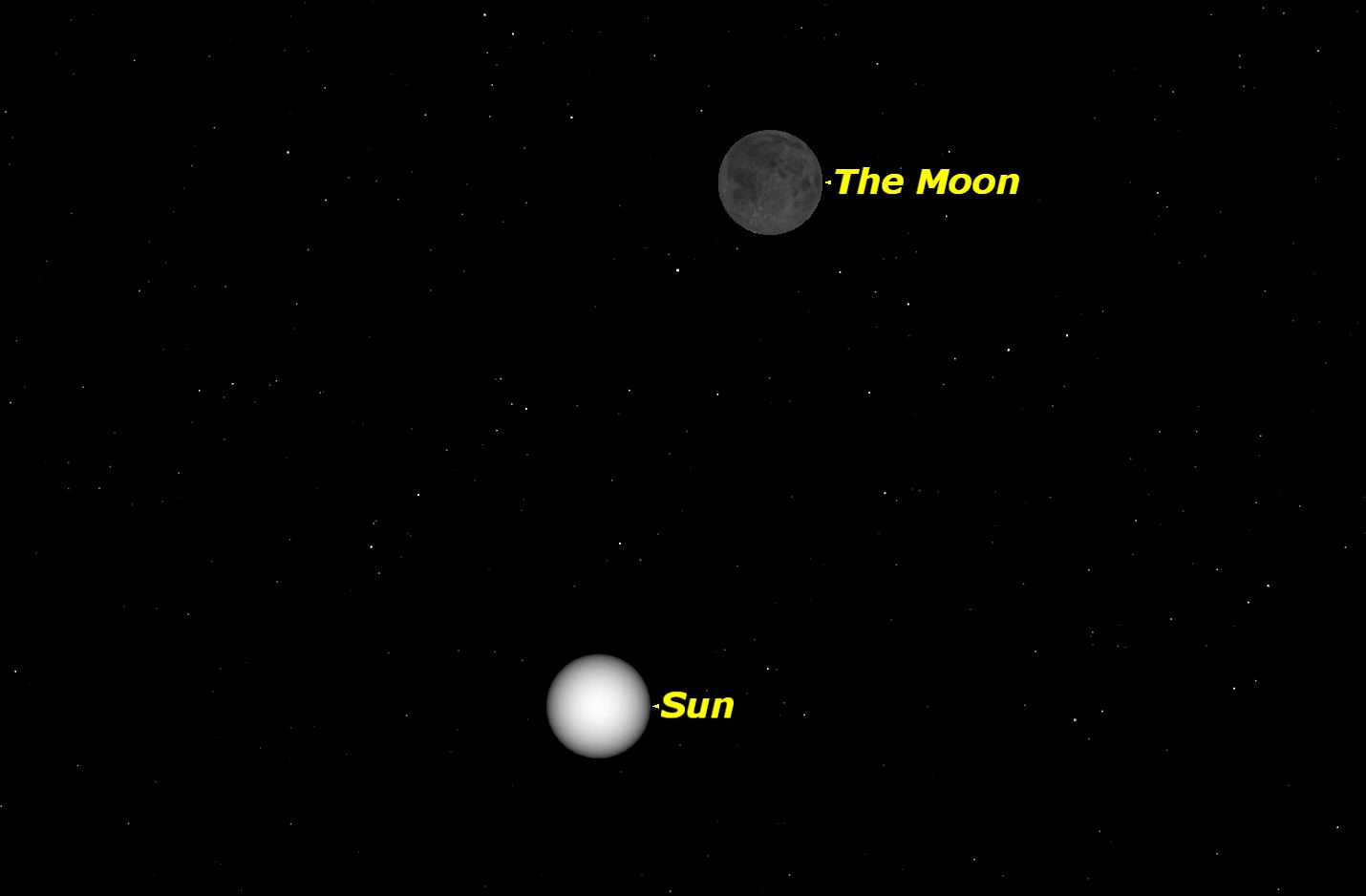
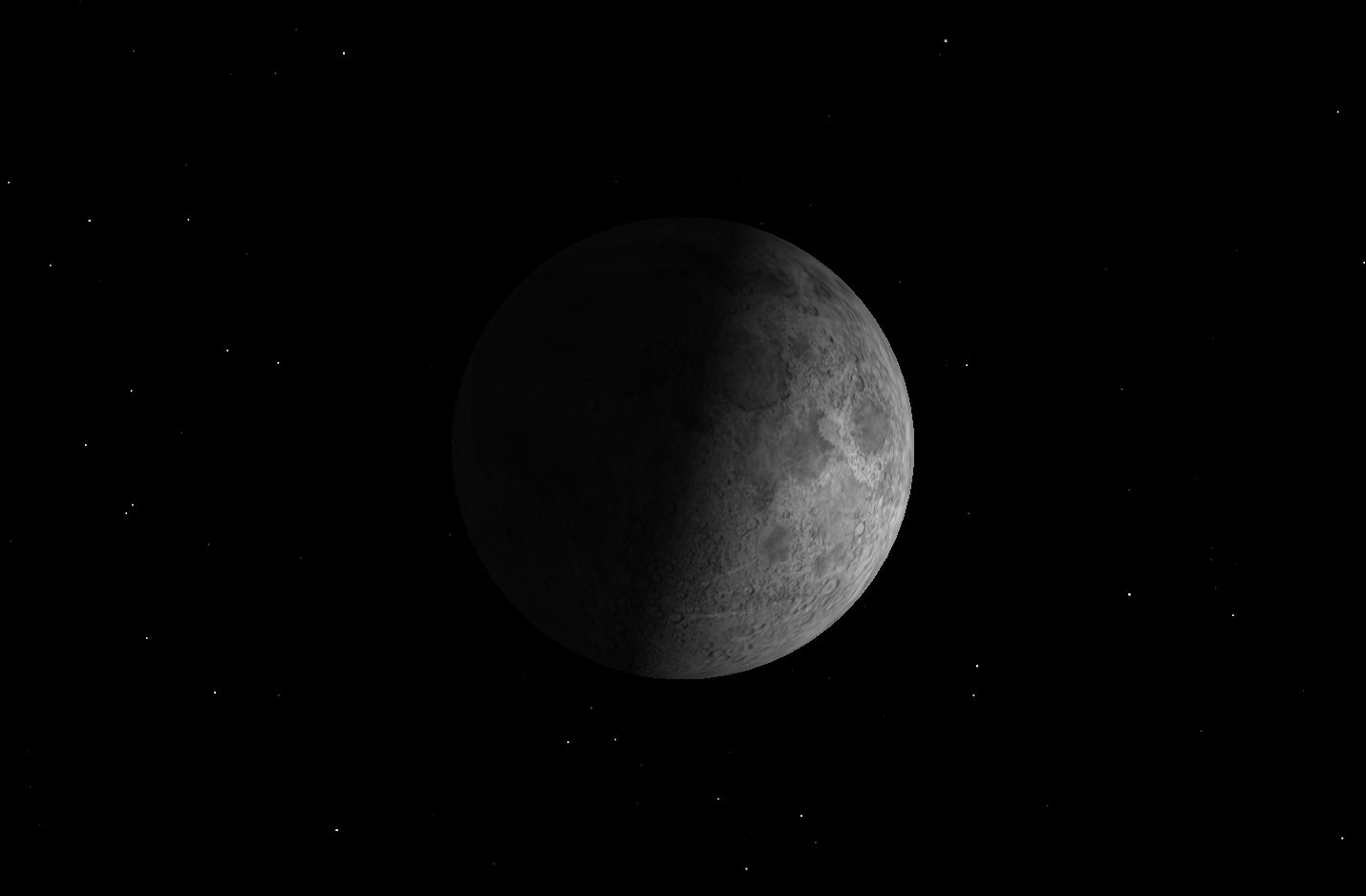
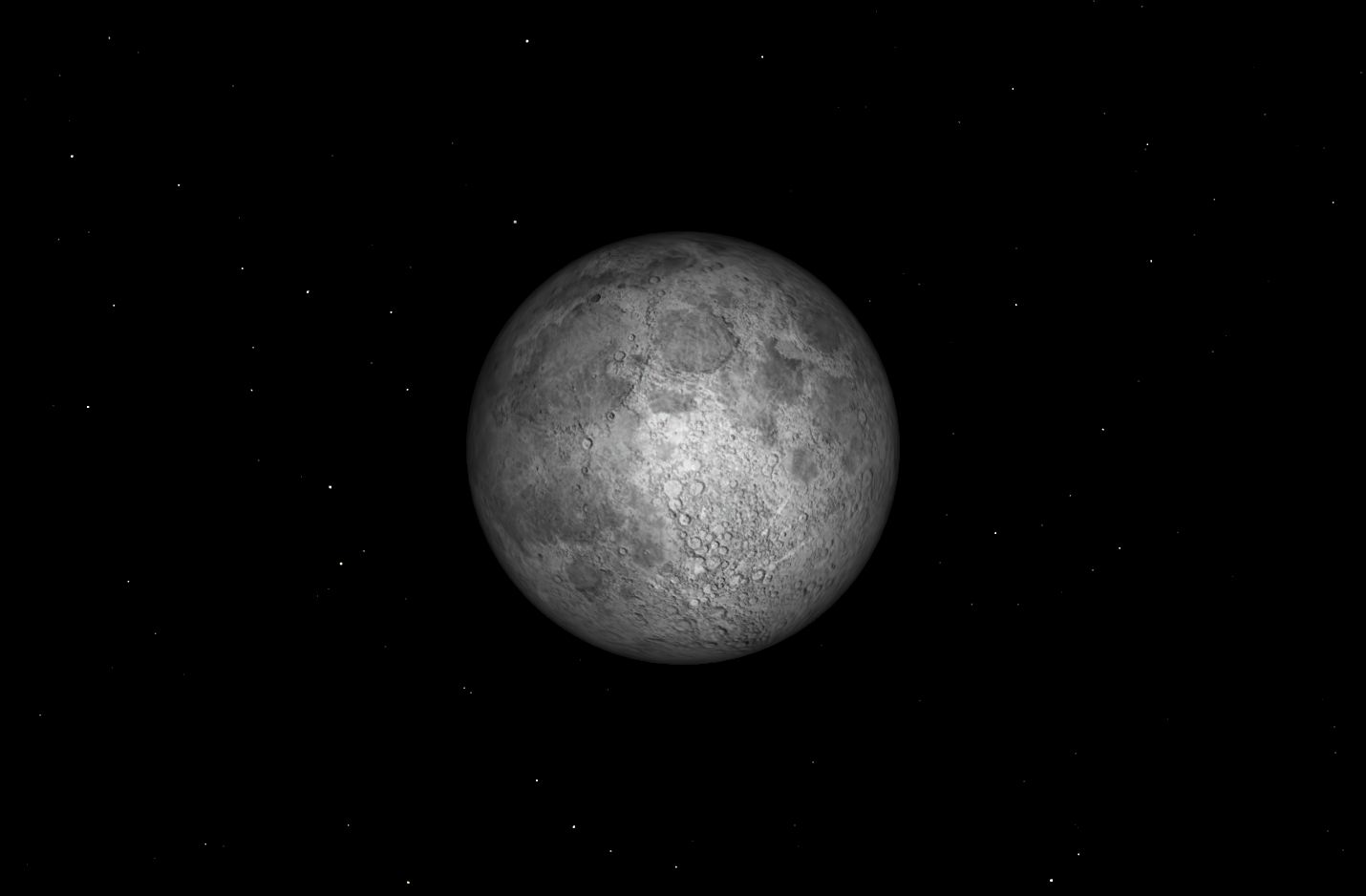
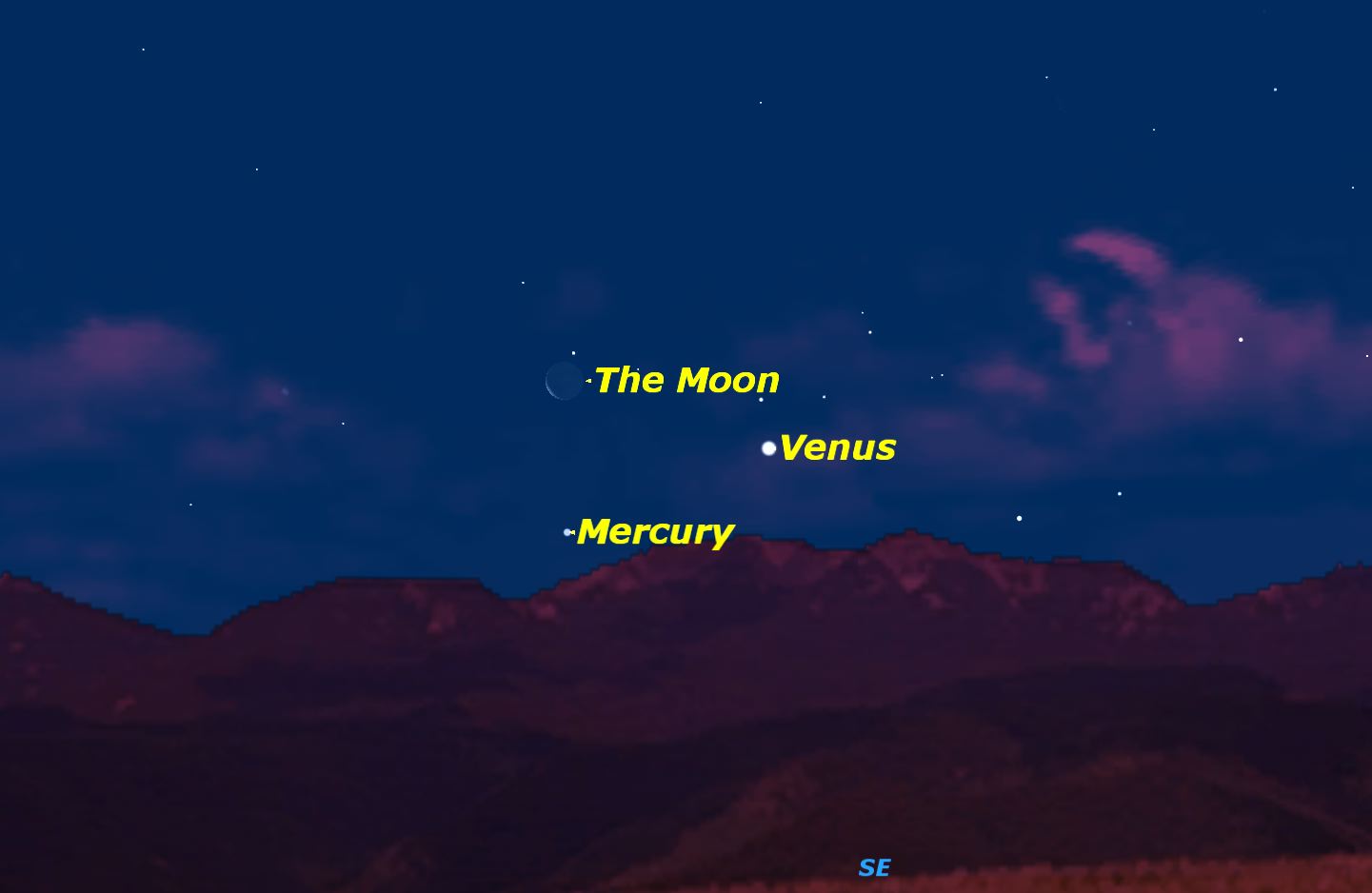
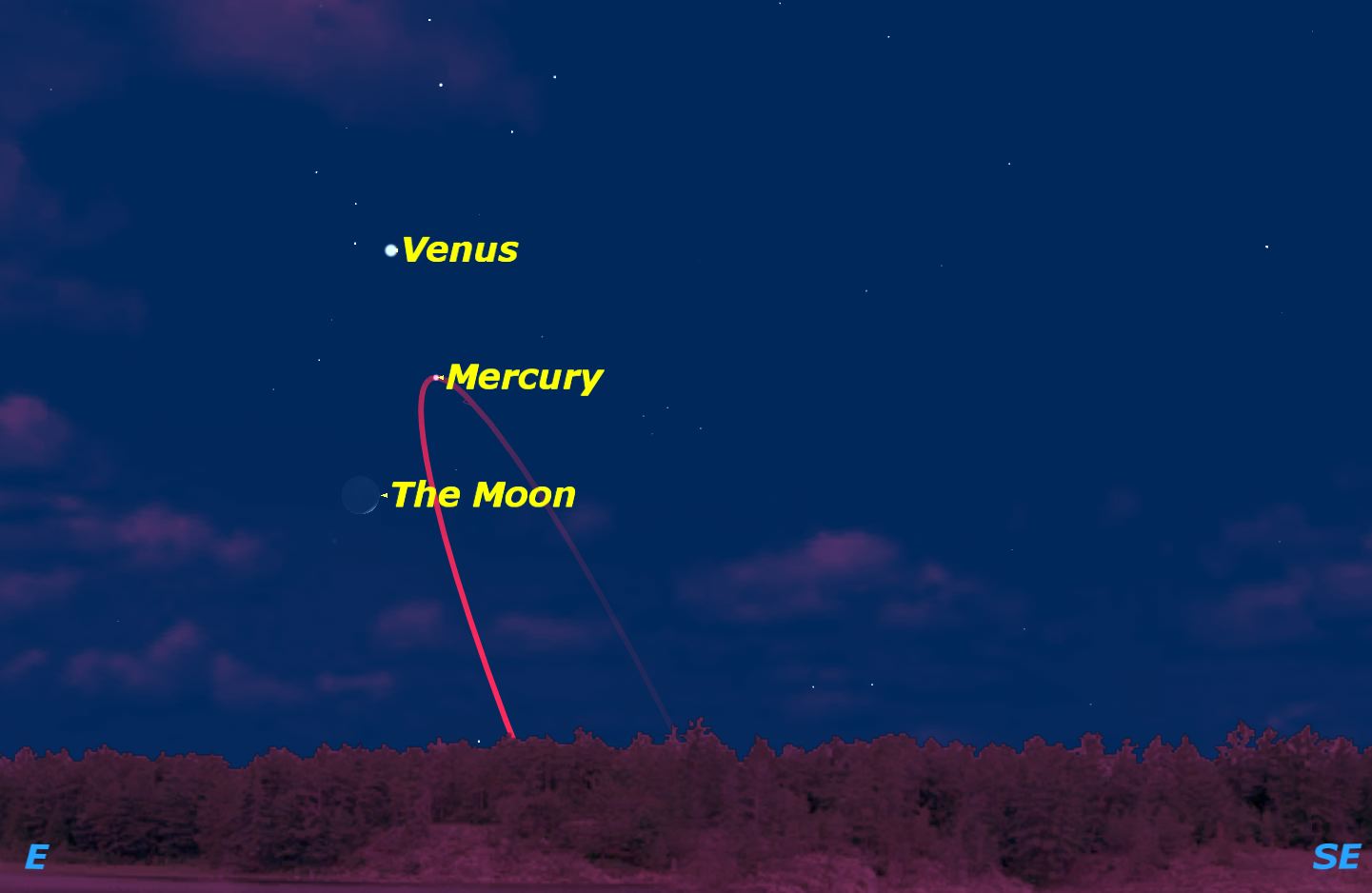

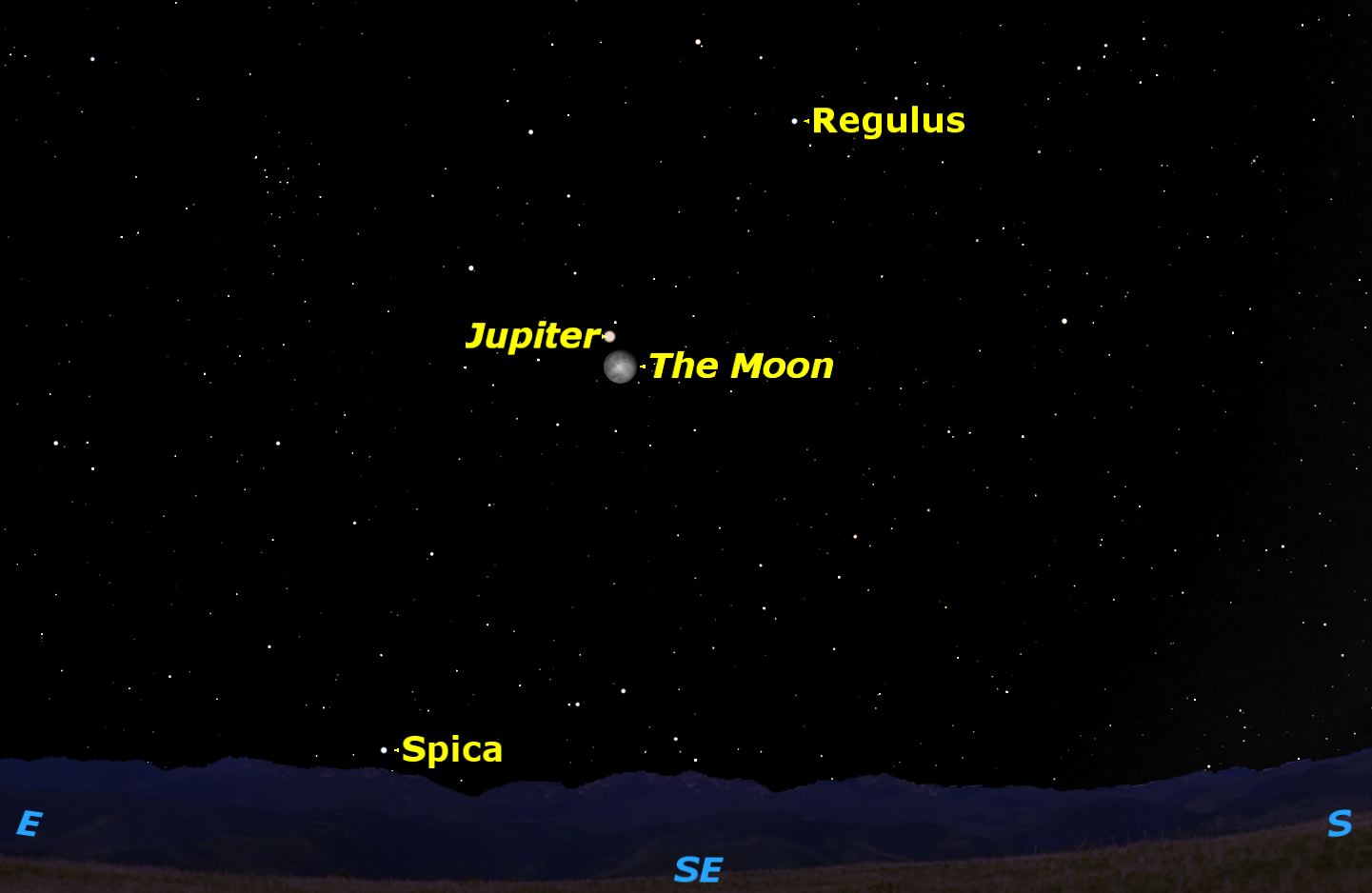
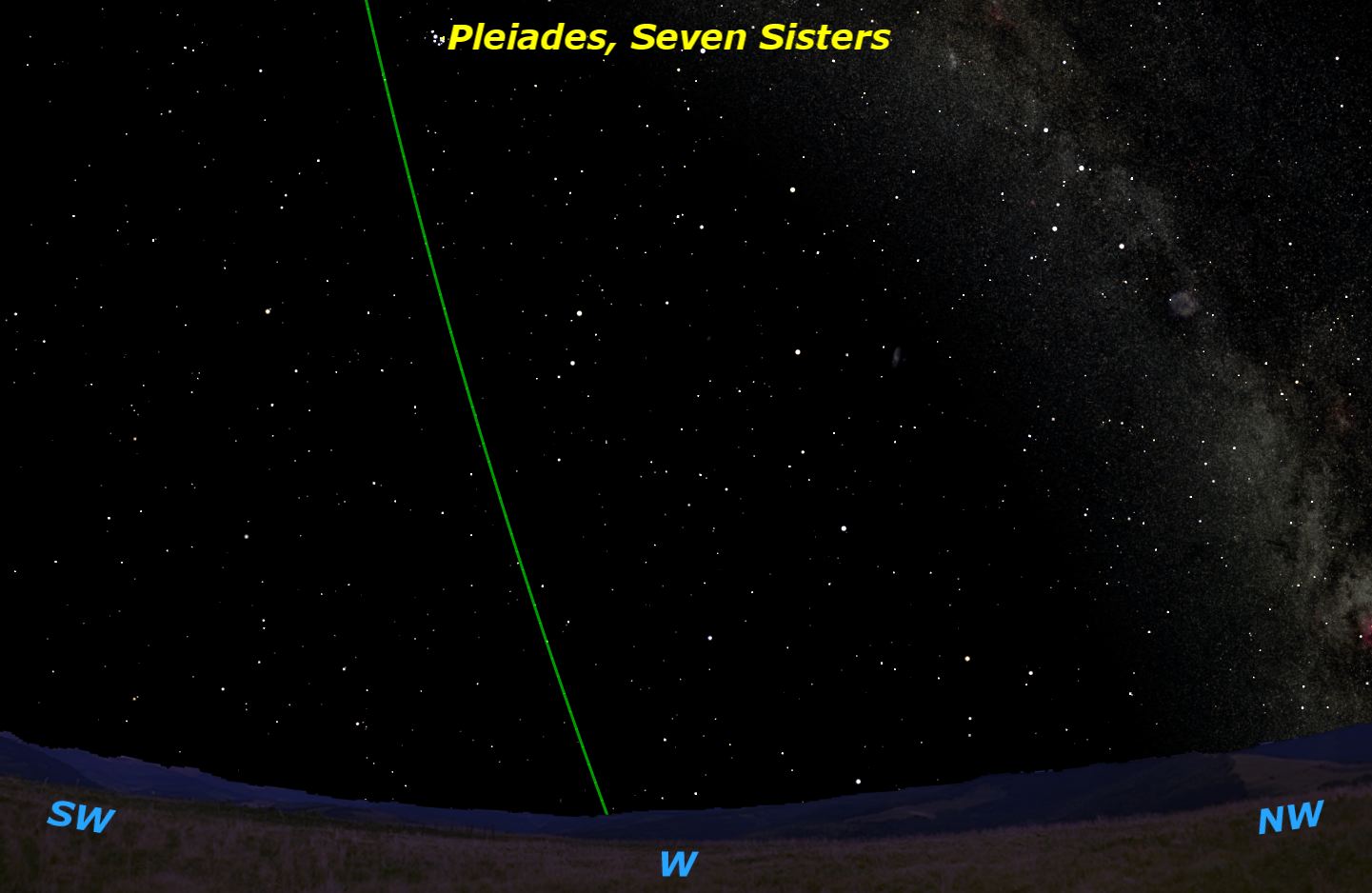
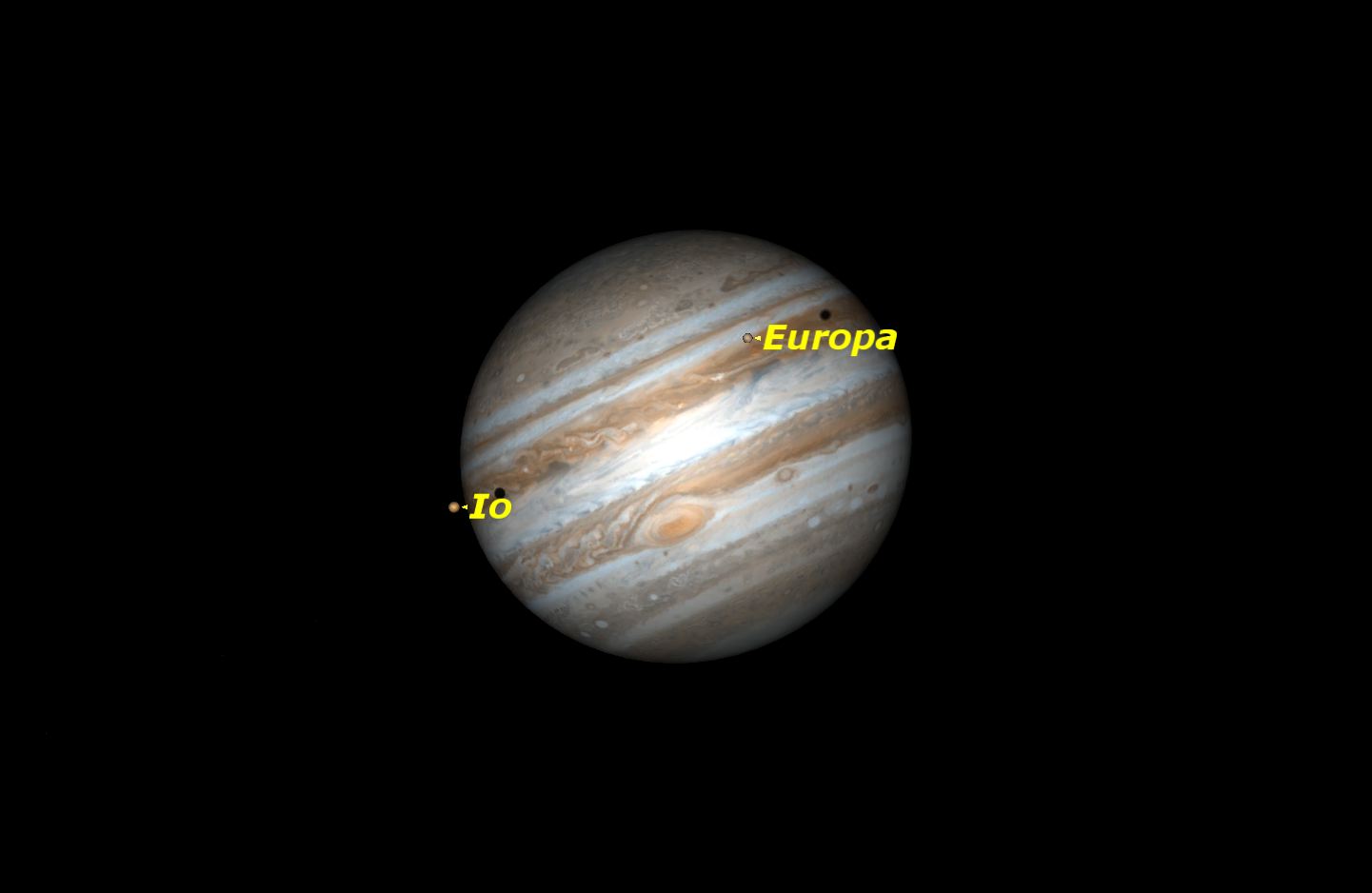
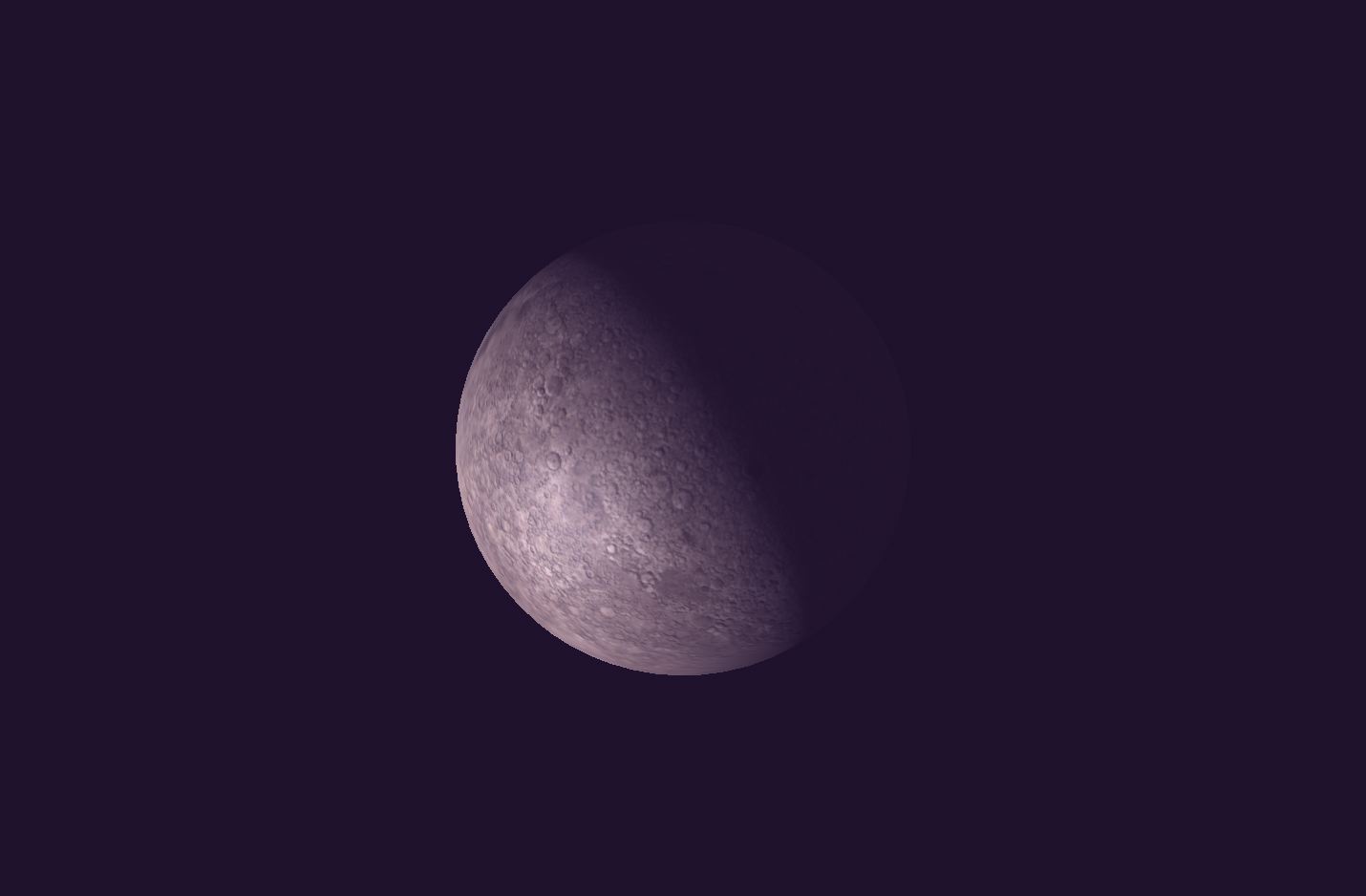
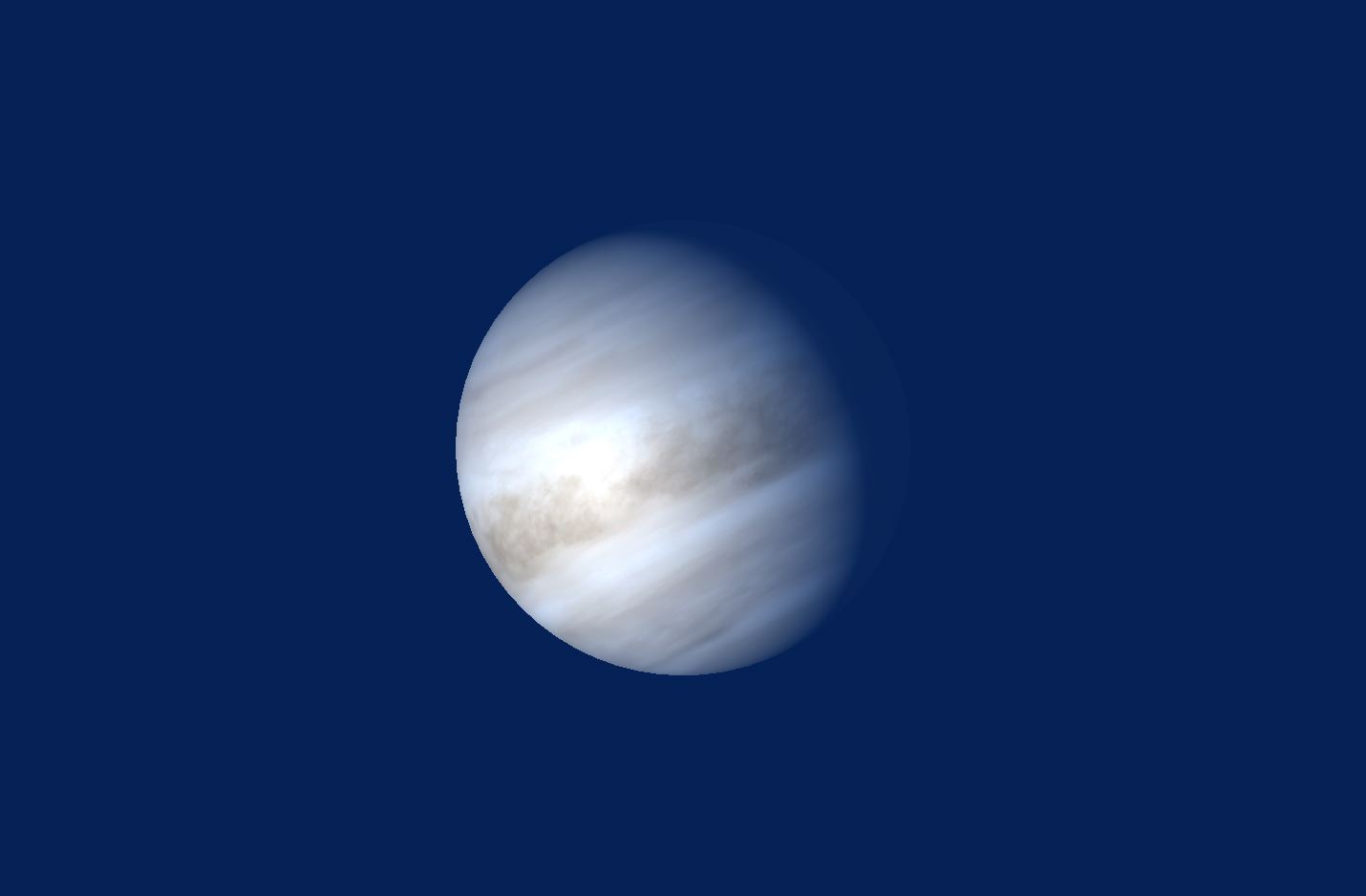
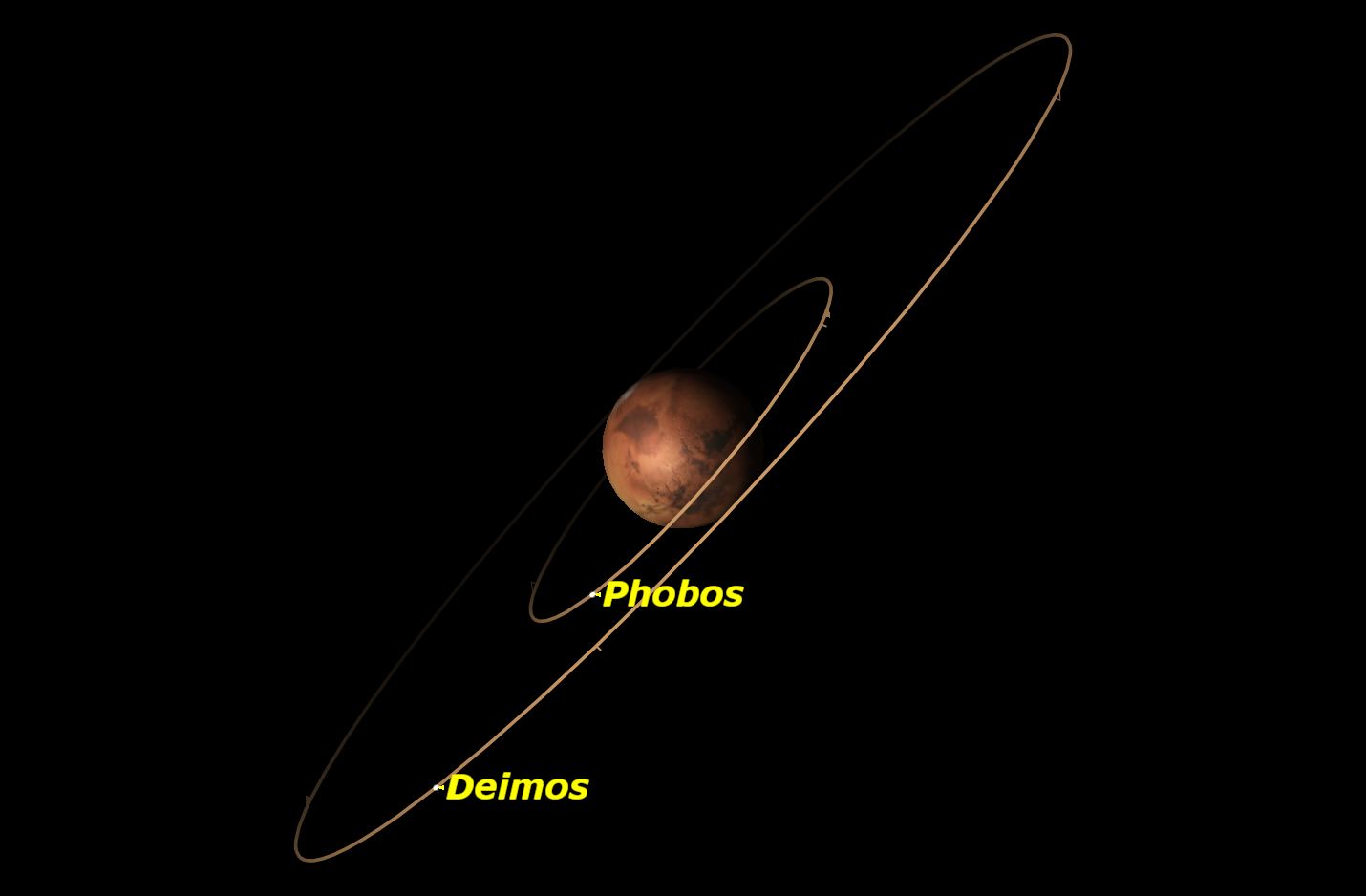
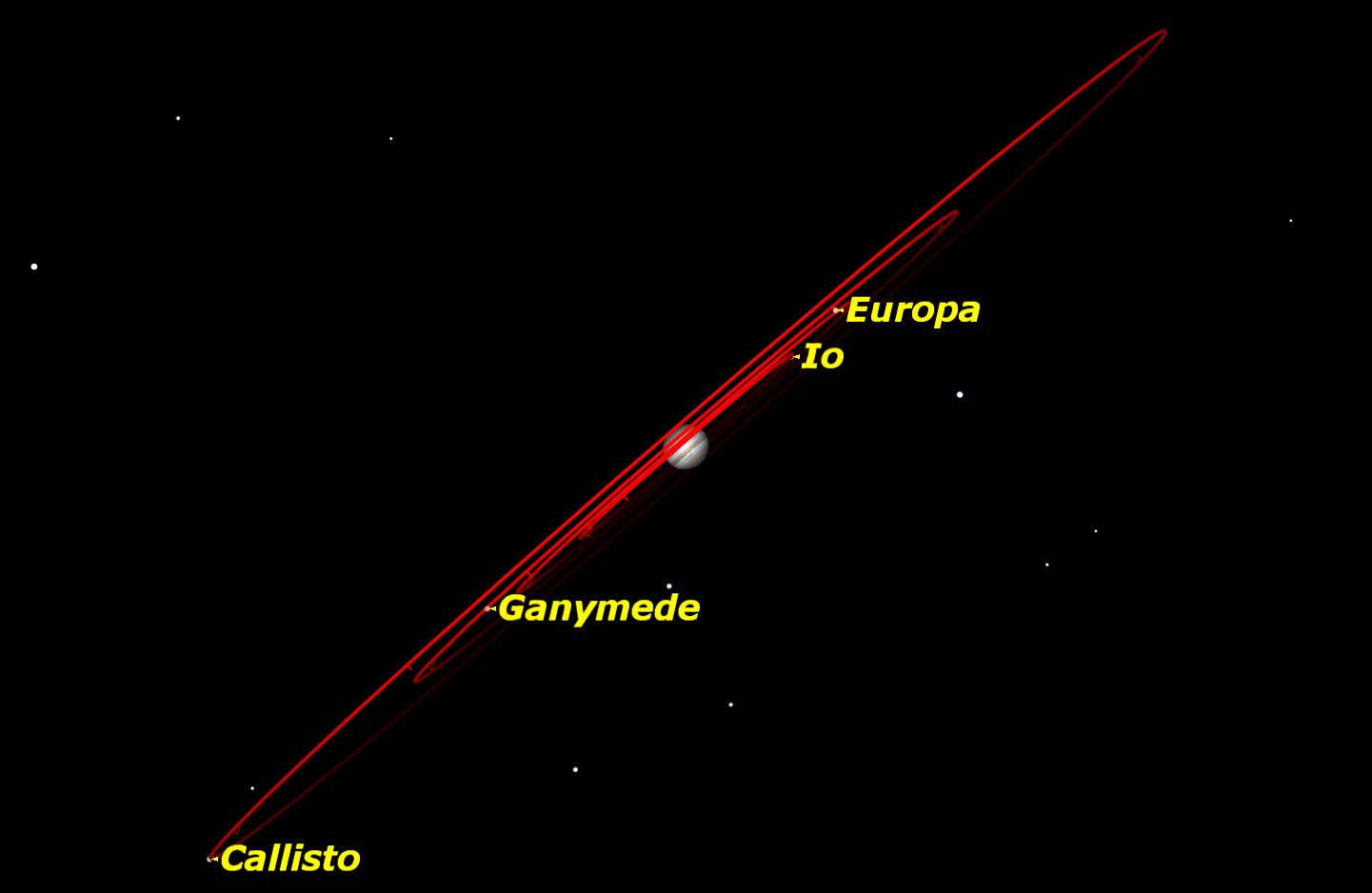
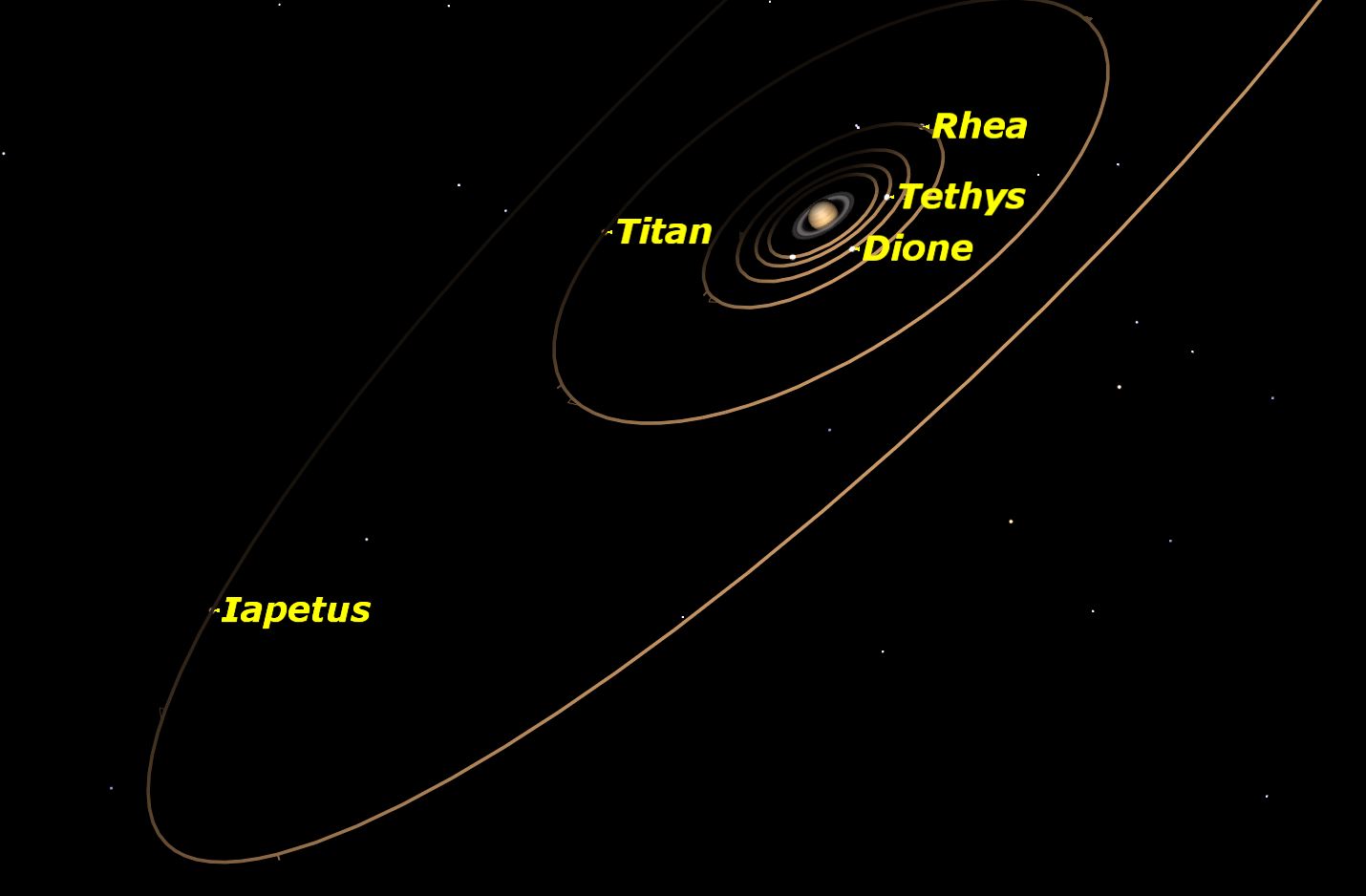

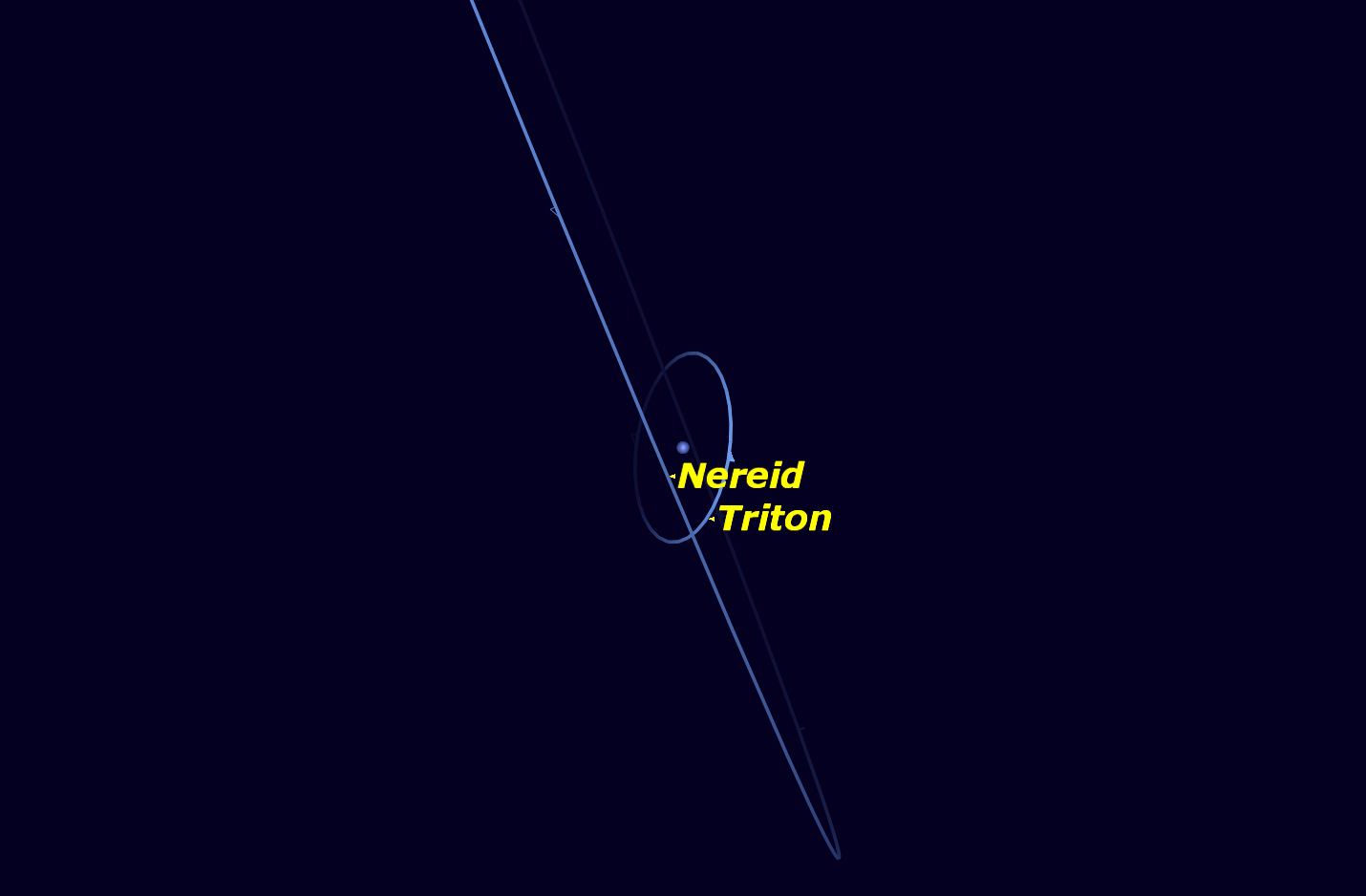
Comments are closed.